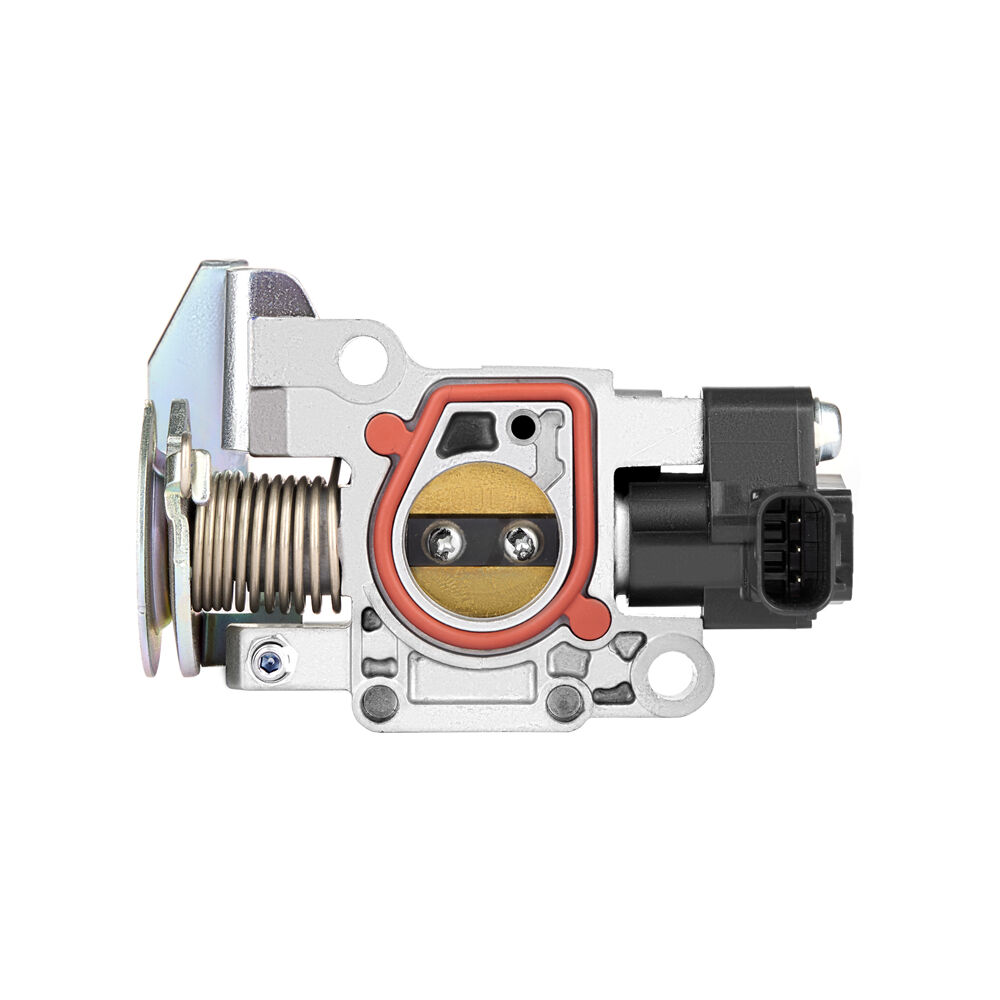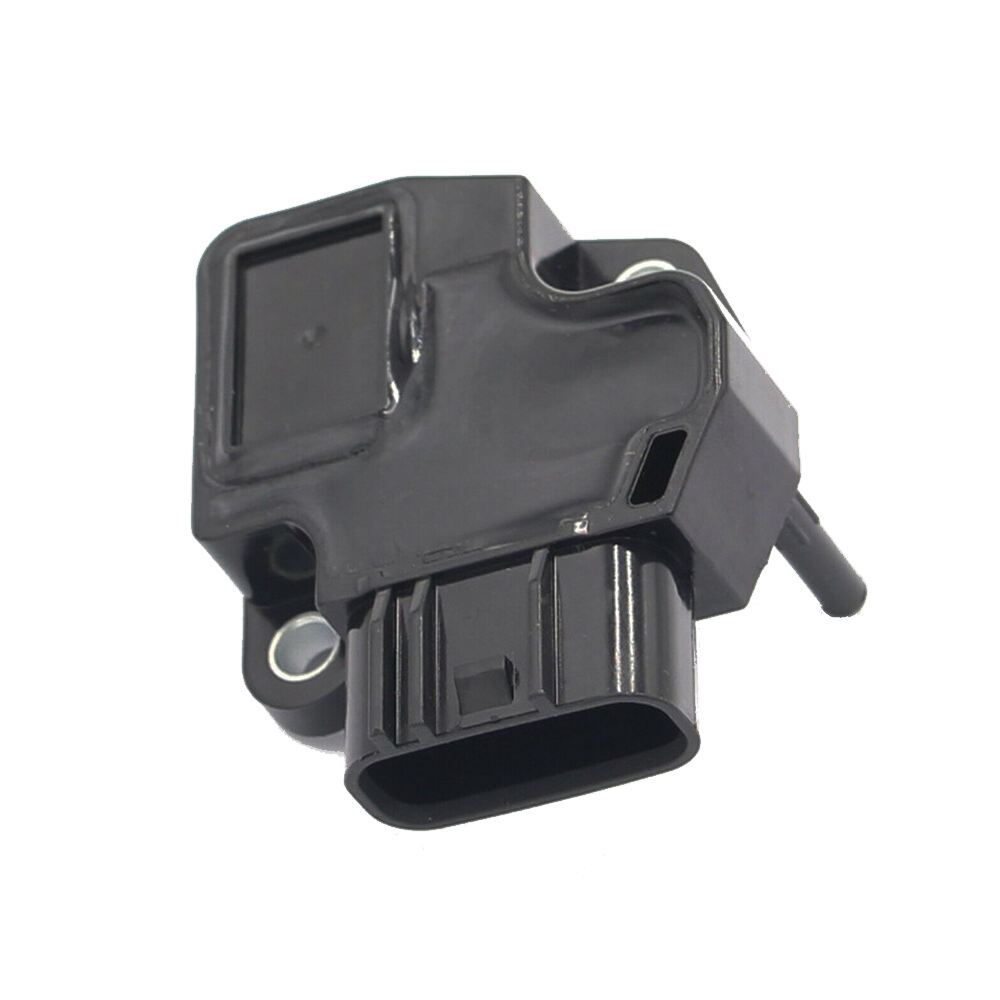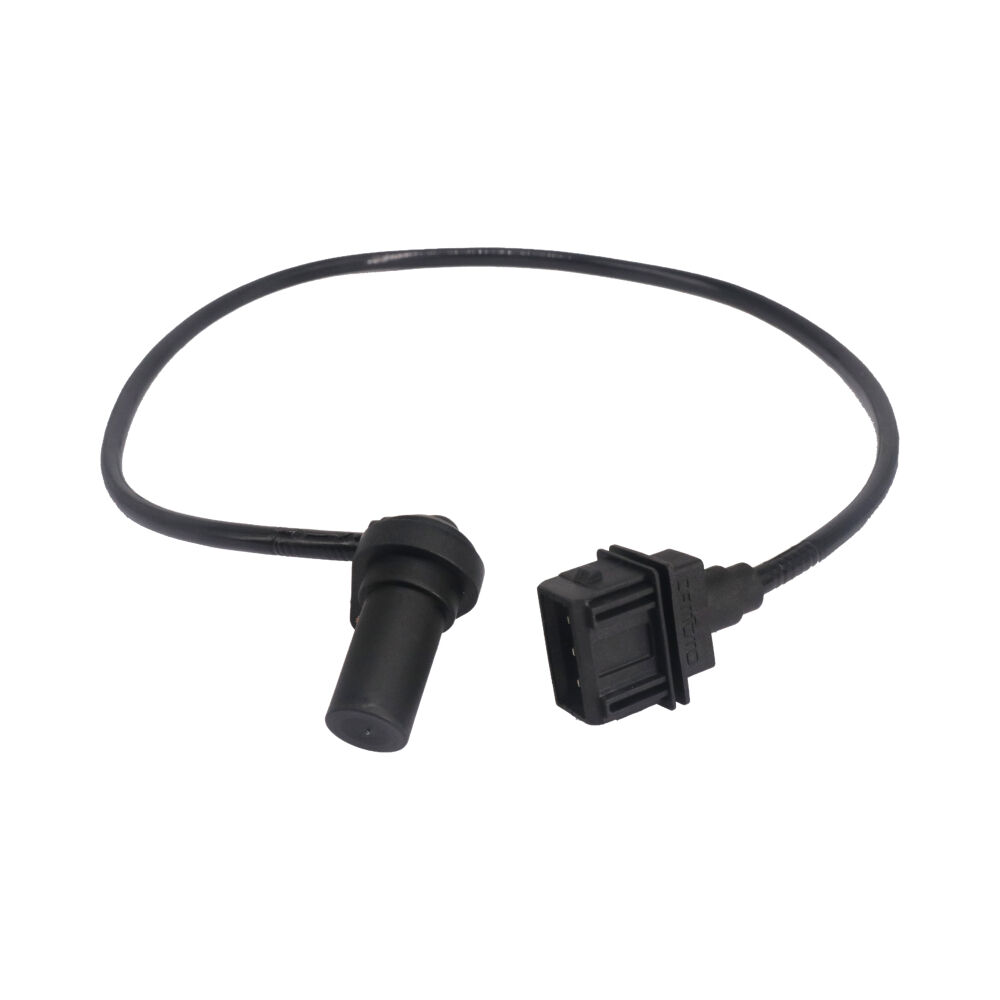feature of a bad crankshaft position sensor
A bad crankshaft position sensor is a critical component in modern vehicle engines that exhibits several distinctive characteristics when malfunctioning. This sensor plays a vital role in engine timing and performance by monitoring the position and rotational speed of the crankshaft. When failing, it typically manifests through various symptoms that can significantly impact vehicle operation. The sensor utilizes electromagnetic technology to generate signals that the engine control module uses to determine cylinder position and optimize fuel injection timing. A deteriorating sensor may produce intermittent signals, incorrect readings, or complete signal failure, leading to engine performance issues. The technological features of a failing sensor often include degraded magnetic components, worn wiring, damaged electrical connections, or compromised sensor housing. These issues can result in misfiring, poor acceleration, difficulty starting the engine, or unexpected stalling. The applications of identifying a bad crankshaft position sensor extend across various vehicle makes and models, making it a universal concern for automotive maintenance and diagnostics. Understanding these characteristics is essential for proper vehicle maintenance and troubleshooting engine performance issues.


